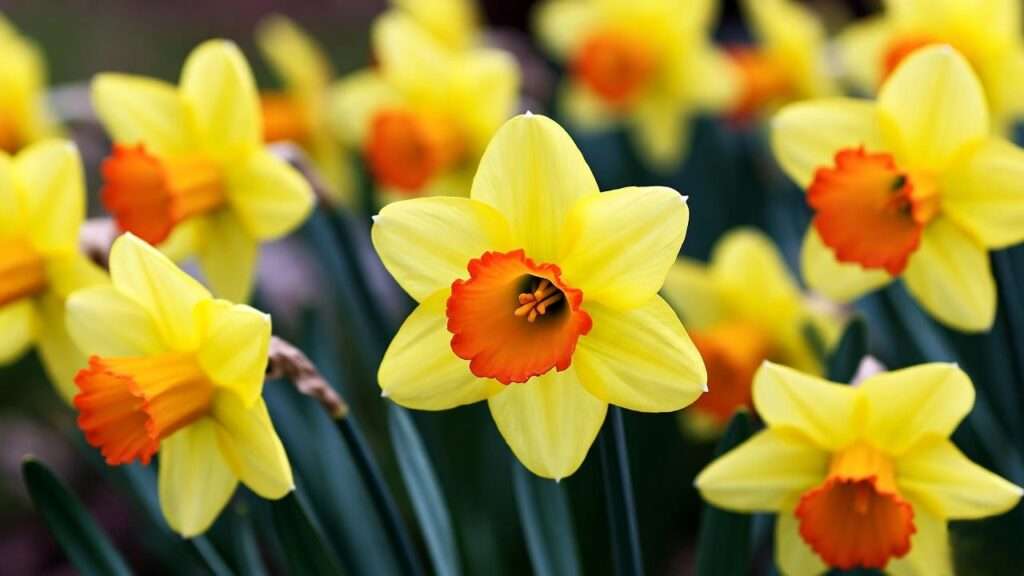Imagine stepping into your garden on a crisp spring morning, greeted by a sea of vibrant narcissus blooms swaying in the breeze, their golden trumpets and creamy petals heralding the season’s arrival. These iconic flowers, commonly known as daffodils, are a gardener’s dream for their effortless beauty and resilience. If you’re eager to master planting narcissus bulbs for a breathtaking spring display, you’ve landed in the right place. This comprehensive guide, crafted with insights from seasoned horticulturists, will walk you through every step to ensure your narcissus bulbs thrive, transforming your garden into a springtime masterpiece. Whether you’re a novice or a seasoned green thumb, our expert-backed advice will help you cultivate stunning blooms with confidence. Let’s dig in! 🌱
Why Choose Narcissus Bulbs for Your Garden? 🌼
Narcissus bulbs are a cornerstone of spring gardens, beloved for their versatility and charm. With over 13,000 cultivars, from classic yellow trumpet daffodils to delicate white miniatures, there’s a narcissus for every aesthetic. “Narcissus are the ultimate low-maintenance perennial,” says Dr. Jane Bloom, a horticulturist with over 20 years of experience. “Their ability to naturalize and return year after year makes them a top choice for gardeners.”
The Beauty and Versatility of Narcissus
Narcissus flowers come in diverse forms: trumpet, large-cupped, double, and miniature varieties, each offering unique flair. Their vibrant hues—yellow, white, orange, and even pink—brighten borders, rock gardens, and containers. They thrive in USDA Hardiness Zones 3-8, adapting to climates from chilly northern winters to mild southern springs. Whether you’re designing a formal flower bed or a meadow-style lawn, narcissus bulbs fit seamlessly into any garden style. Their early spring blooms also make them ideal for pairing with other plants, creating a dynamic, colorful display.
Benefits of Planting Narcissus Bulbs
Beyond their beauty, narcissus bulbs offer practical advantages. They’re low-maintenance, requiring minimal care once established. Their natural resistance to deer and rodents, thanks to toxic alkaloids, makes them a hassle-free choice for gardens plagued by wildlife. Plus, narcissus bulbs multiply over time, spreading to create lush, naturalized patches. For budget-conscious gardeners, this means a one-time investment yields years of blooms. Pro Tip: A single bulb can produce multiple flowers, maximizing your garden’s impact without breaking the bank. 🌿
When and Where to Plant Narcissus Bulbs 🕰️🌍
Timing and location are critical for successful narcissus planting. By choosing the right season and spot, you set the stage for healthy growth and vibrant blooms.
Best Time to Plant Narcissus Bulbs
The ideal time for planting narcissus bulbs is late summer to early fall, typically 6-8 weeks before the first frost. This allows bulbs to establish roots before winter dormancy. In USDA Hardiness Zones 3-5, aim for September planting; in Zones 6-8, October or early November works well. For example, gardeners in Zone 5 (e.g., Minneapolis) should plant by mid-September, while those in Zone 7 (e.g., Atlanta) can wait until mid-October. Check your local frost dates using resources like the National Gardening Association for precision. 🗓️
Choosing the Perfect Location
Narcissus bulbs thrive in full sun to partial shade, requiring at least 6 hours of daily sunlight for optimal blooming. They prefer well-drained, moderately fertile soil with a pH of 6.0-7.0. Avoid low-lying areas prone to waterlogging, as excess moisture can cause bulb rot. To test soil drainage, dig a 12-inch hole, fill it with water, and ensure it drains within a few hours. Pro Tip: If drainage is poor, consider raised beds or amend soil with sand or compost to improve it. 🌞
How to Plant Narcissus Bulbs: Step-by-Step Instructions 🌱
Planting narcissus bulbs is straightforward with the right approach. Follow these expert steps to ensure success.
Selecting High-Quality Bulbs
Choose firm, plump bulbs free of mold, soft spots, or damage. Larger bulbs often produce stronger plants and more flowers. Popular varieties include ‘King Alfred’ (bold yellow trumpets), ‘Tête-à-Tête’ (compact, multi-flowering miniatures), and ‘Ice Follies’ (creamy white with a soft yellow cup). “Always source bulbs from reputable nurseries,” advises Dr. Bloom. “Quality bulbs are the foundation of a thriving garden.” Check local garden centers or trusted online suppliers like Brent and Becky’s Bulbs for reliable options. 🛒
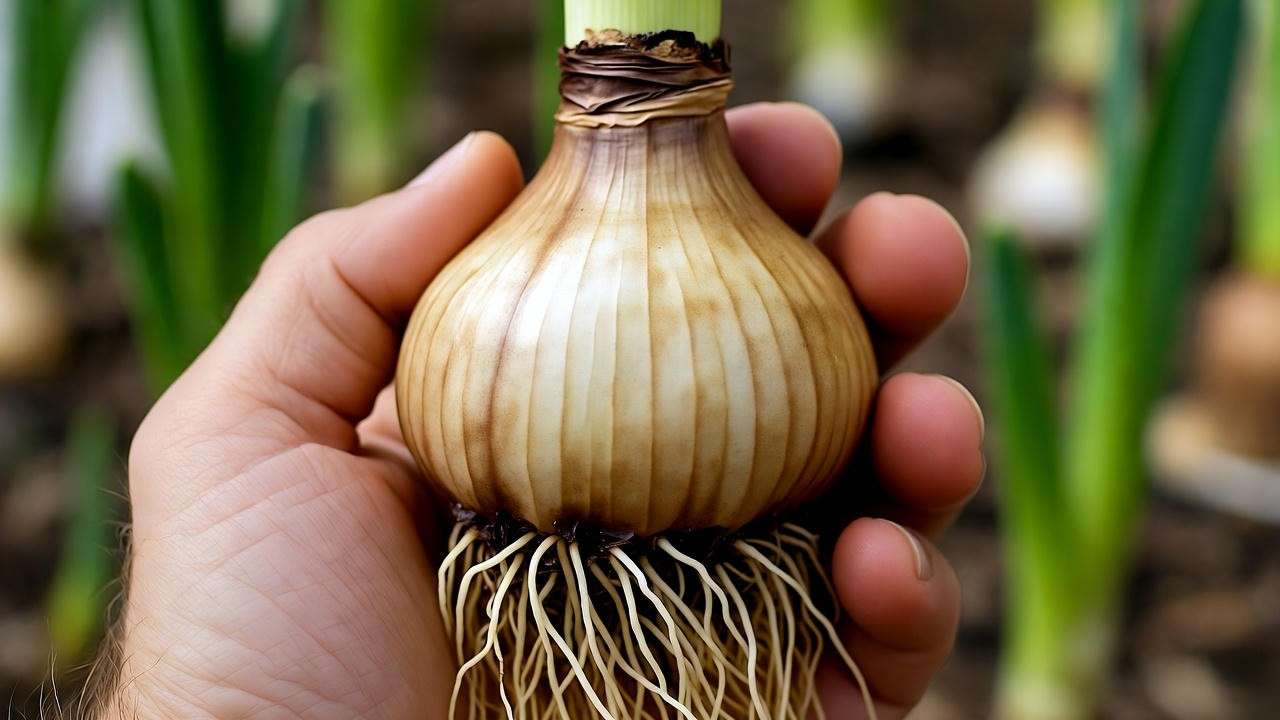
Preparing the Soil
Before planting, loosen soil to a depth of 12-15 inches to encourage deep root growth. If your soil is heavy clay or overly sandy, amend it with organic matter like compost or well-rotted manure to improve texture and fertility. Avoid fresh manure, which can burn bulbs or promote rot. A soil test kit can confirm pH and nutrient levels, ensuring ideal conditions. Tool Tip: A bulb planter or sturdy trowel makes digging precise holes easier, especially for large plantings. 🧑🌾
Planting Depth and Spacing
Plant narcissus bulbs 6-8 inches deep, roughly three times the bulb’s height, with the pointy end facing up. Space bulbs 4-6 inches apart for a naturalized look or 2-3 inches apart for dense, showy clusters. For large areas, dig a trench rather than individual holes to save time. Cover with soil, gently firming it to eliminate air pockets. Visual Aid: Imagine a bulb planted too shallow—it risks frost damage or weak growth. A simple diagram could illustrate: bulb at 6 inches deep, 4 inches apart, pointy end up. 📏
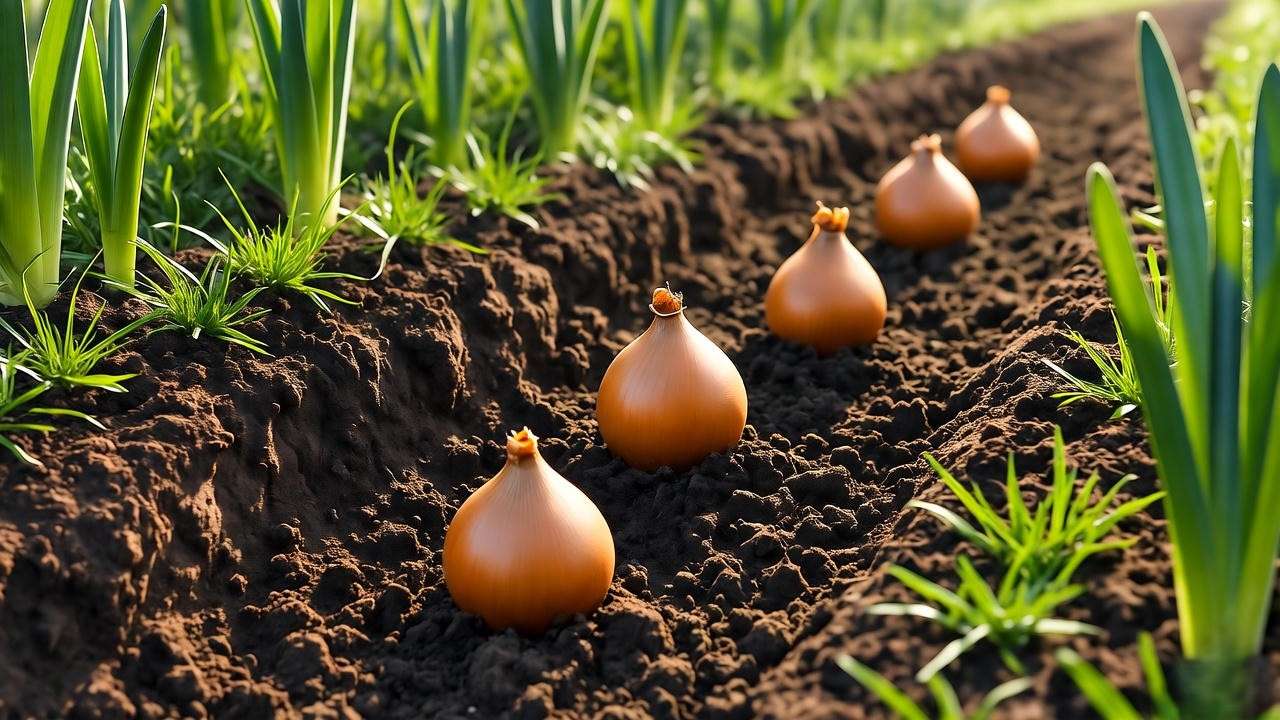
Watering and Mulching After Planting
Water thoroughly after planting to settle the soil and kickstart root development. In fall, minimal watering is needed unless the soil is very dry. Apply a 2-3 inch layer of mulch, such as bark, straw, or shredded leaves, to insulate bulbs in colder climates (Zones 3-5). Mulch also helps retain moisture and suppress weeds. Caution: Overwatering can lead to fungal issues, so ensure proper drainage. A light, even soak is sufficient. 💧
Caring for Narcissus Bulbs After Planting 🌿
Proper care ensures your narcissus bulbs bloom vibrantly year after year. Here’s how to nurture them through their growth cycle.
Watering and Fertilizing
In fall, narcissus bulbs require little water as they establish roots. Come spring, when shoots emerge, provide consistent moisture, especially during dry spells. Apply a balanced fertilizer (e.g., 10-10-10 or bone meal) as growth begins to support healthy blooms. “Avoid high-nitrogen fertilizers,” warns Dr. Bloom. “They promote leafy growth at the expense of flowers.” A single application in early spring is usually enough. Expert Tip: If natural rainfall is adequate, skip additional watering to prevent soggy soil. 🌧️
Post-Bloom Care for Long-Term Success
After blooming, resist the urge to cut back yellowing foliage. Allow leaves to die back naturally for 6-8 weeks, as they photosynthesize to store energy in the bulb for next year’s blooms. Remove spent flower heads to prevent seed formation, which diverts energy from bulb development. Common Mistake: Cutting foliage too early weakens bulbs, reducing future blooms. If the fading leaves look untidy, gently braid or tuck them out of sight. 🌼
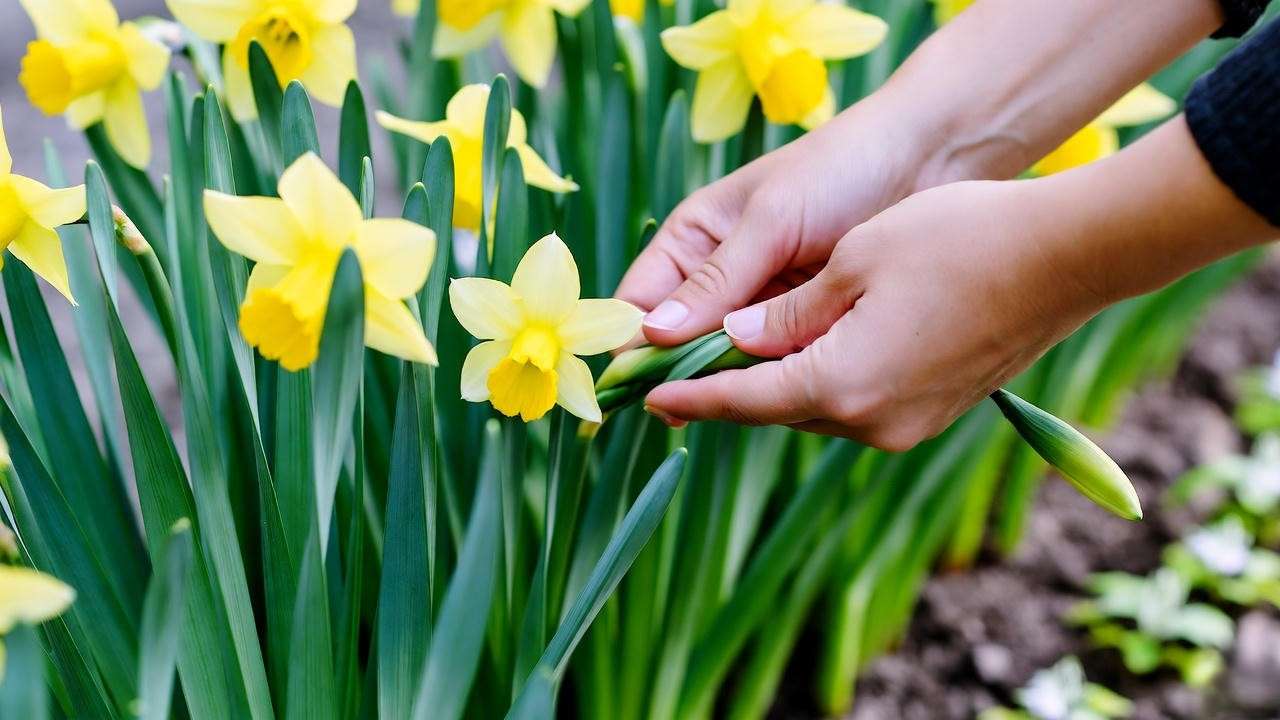
Dividing and Replanting
Every 3-5 years, narcissus clumps may become overcrowded, leading to fewer blooms. Dig up bulbs in late summer after foliage has died back, separate healthy bulbs, and replant immediately to avoid drying out. Replant at the same depth and spacing as new bulbs. Pro Tip: Mark bulb locations in spring with stakes or photos to find them easily in fall. This ensures you don’t accidentally disturb other plants. 🪴
Designing Your Garden with Narcissus Bulbs 🎨
Narcissus bulbs are a designer’s delight, offering endless possibilities for creative garden layouts.
Companion Planting Ideas
Pair narcissus with other spring bloomers like tulips, hyacinths, or primroses for a vibrant display. Their early bloom time also complements later perennials like peonies or daylilies, ensuring continuous color. Plant narcissus under deciduous trees for a naturalized woodland effect, as the bulbs bloom before trees fully leaf out. Inspiration: Picture a garden border with ‘Tête-à-Tête’ narcissus in front, red tulips behind, and purple alliums for a layered, colorful spring show. 🌸
Container Gardening with Narcissus
For small spaces or patios, narcissus bulbs shine in containers. Choose pots at least 12-15 inches deep with drainage holes. Fill with a well-draining potting mix and plant bulbs as you would in the ground. Try the “lasagna planting” method: layer early-, mid-, and late-blooming narcissus varieties for weeks of flowers. Tip: In harsh winters (Zones 3-4), move containers to a garage or shed to protect bulbs from freezing. Bring them out in early spring for a cheerful display. 🪣
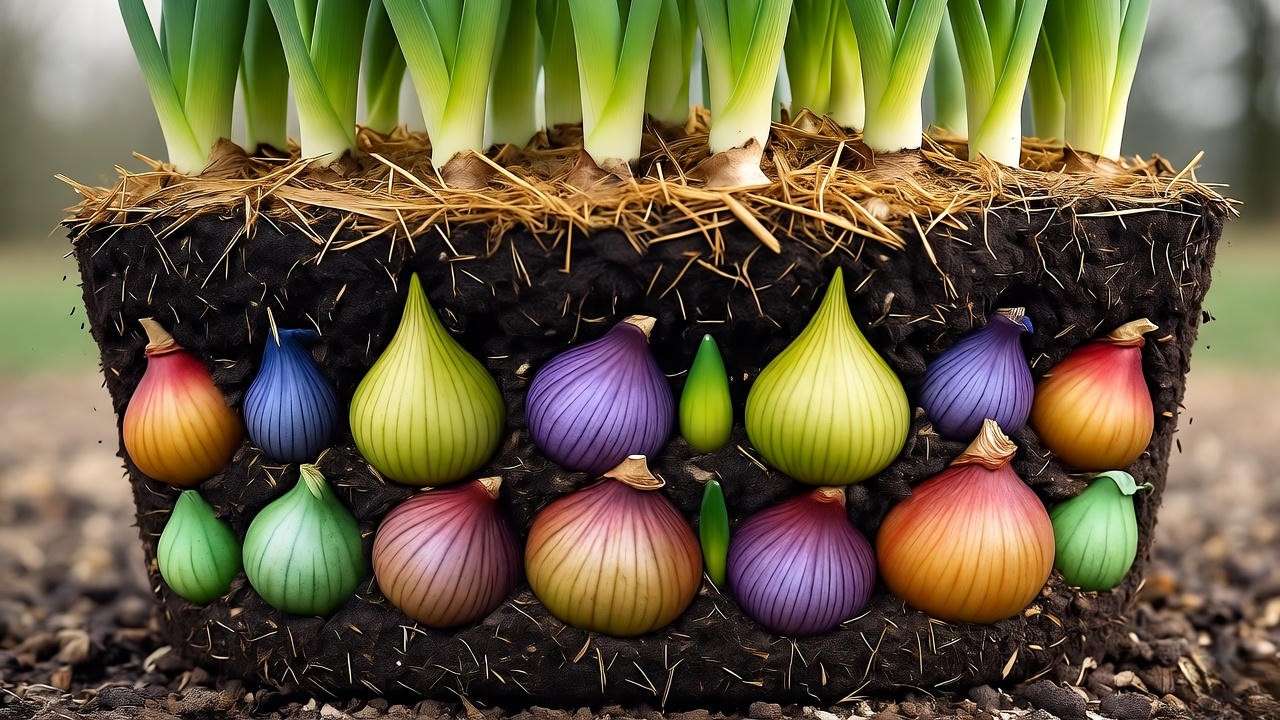
Common Problems and Solutions 🐞
While narcissus bulbs are hardy, a few issues can arise. Here’s how to tackle them.
Pest and Disease Management
Bulb rot, caused by poor drainage, is a common issue. Ensure proper soil drainage and avoid overwatering. Narcissus bulb flies may lay eggs near bulbs, leading to larval damage. Remove affected bulbs and apply insecticidal soap if needed. The University of Minnesota Extension recommends organic controls like neem oil for eco-friendly pest management. Expert Insight: Regular inspection during planting and early growth can catch problems early. 🕵️♀️
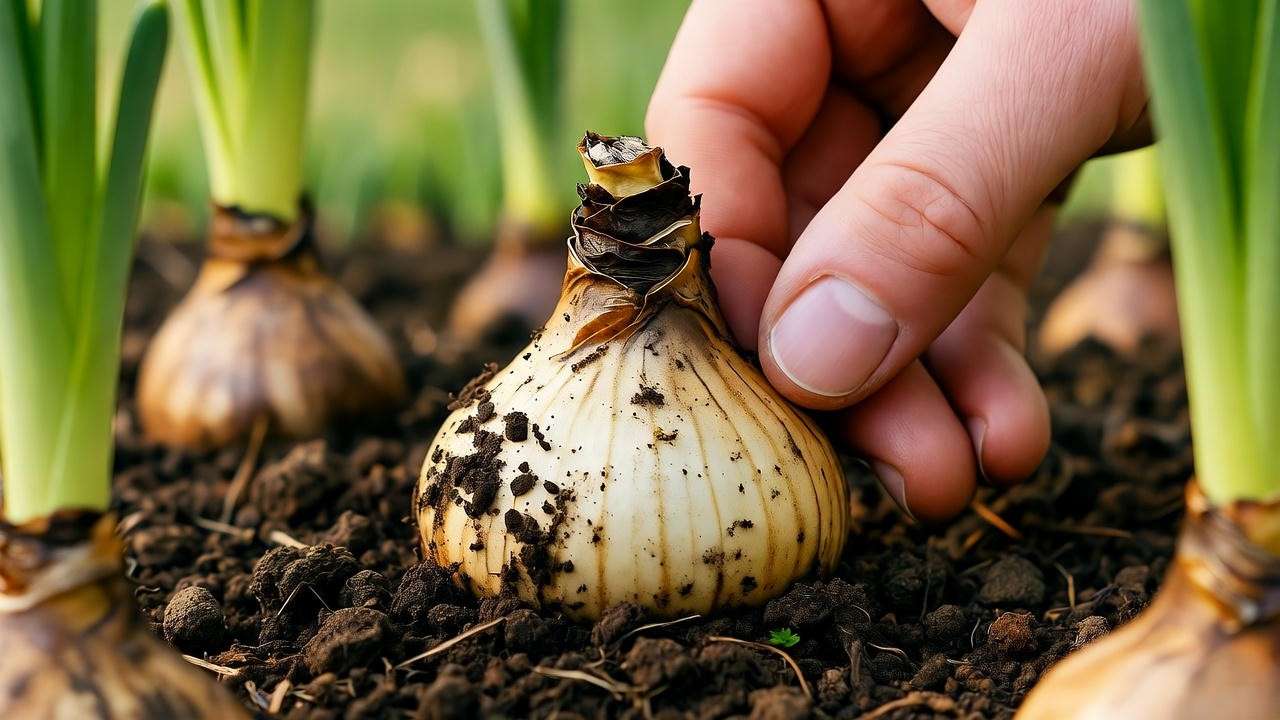
Troubleshooting Poor Blooms
If your narcissus produce few or no flowers, check for overcrowding, insufficient sunlight, or nutrient deficiencies. Divide clumps, relocate to sunnier spots, or apply a balanced fertilizer. Shallow planting can also stress bulbs, so ensure proper depth. Reader Q&A: Have a narcissus problem? Share it in the comments, and we’ll offer tailored solutions! 🌻
Fun Facts and History of Narcissus 🌟
Narcissus bulbs carry a rich legacy, blending beauty with cultural significance.
Cultural Significance
Named after the Greek myth of Narcissus, who fell in love with his reflection, these flowers symbolize renewal and new beginnings. In Wales, the daffodil is a national emblem, celebrated during St. David’s Day. Their cheerful blooms feature in spring festivals worldwide, embodying hope and vitality. 🌍
Fascinating Narcissus Facts
Did you know there are over 13,000 narcissus cultivars? Some bulbs can live for decades, making them a lasting garden investment. However, keep pets away—narcissus are toxic to dogs and cats if ingested. Fun Fact: The American Daffodil Society hosts annual shows to celebrate this beloved flower! 🎉
FAQs About Planting Narcissus Bulbs ❓
- Can I plant narcissus bulbs in spring? Fall is best, but spring planting works if bulbs are pre-chilled for 8-12 weeks to mimic winter dormancy. Expect blooms the following year.
- How long do narcissus bulbs take to bloom? Blooms appear 4-6 weeks after spring growth begins, depending on variety and climate. Early bloomers like ‘Tête-à-Tête’ may flower in March.
- Can narcissus bulbs grow in shade? Partial shade is fine, but full sun ensures stronger, more abundant blooms.
- How do I store narcissus bulbs? Store in a cool, dry place in mesh bags to prevent mold. Replant in fall for best results.
- Are narcissus safe for pets? No, they’re toxic to pets. Keep bulbs and plants out of reach of dogs and cats.
Conclusion 🌺
Planting narcissus bulbs is a rewarding way to bring springtime joy to your garden. By choosing quality bulbs, planting at the right time and depth, and providing simple care, you’ll enjoy vibrant blooms for years to come. Follow this guide, and your garden will burst with color, from classic yellow daffodils to elegant white varieties. Start planting now, and share your narcissus success stories in the comments or on social media—we’d love to see your spring masterpiece! According to a Royal Horticultural Society study, well-maintained narcissus bulbs can bloom for decades, making them a true garden legacy. Happy planting! 🌷

